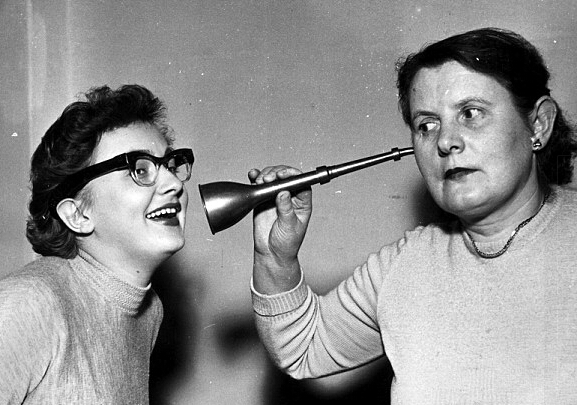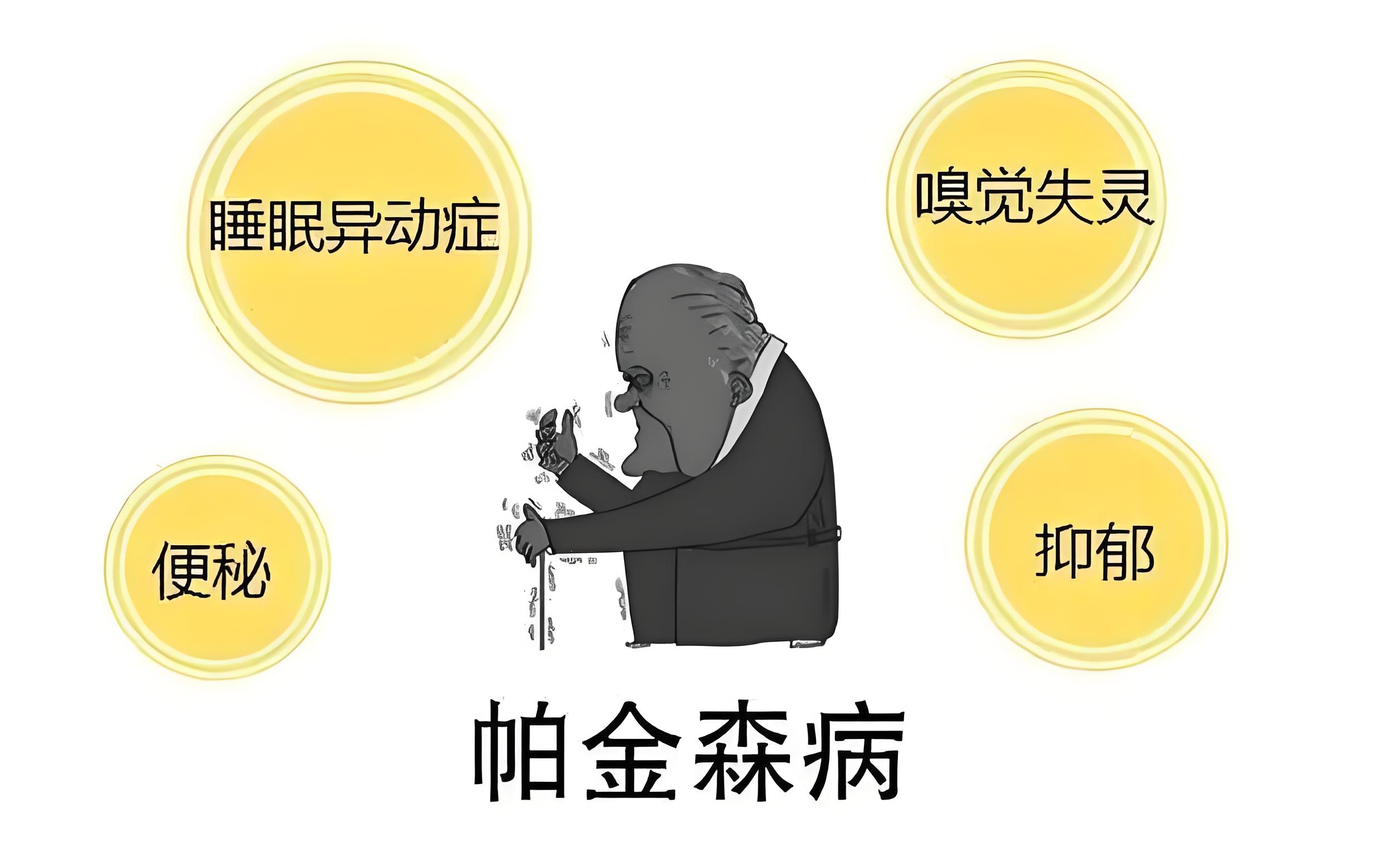科学家们发明了一种护齿,帮助人们“听”通过他们的舌头。新设备使用的耳机进行通信,通过无线技术,口中的塑料保持架。这允许它绕过耳朵,通过舌头上的神经信号发送到大脑。然后这些信号被解释为声音。它背后的团队认为这可以证明微创人工耳蜗植入给聋哑人一个简单的替代。它也可能与听力损失的人有用。
超过一千万的英国人在六被认为是有一定的听力损失,和大约10000个穿人工耳蜗植入。我们的聆听能力取决于声波进入耳朵,引起耳膜振动。这些振动传递到耳蜗螺旋结构在内耳微小的毛细胞,发送信号给大脑通过听觉神经。任何影响这(堵塞,或对cocroger dhlea,损伤的毛细胞、听神经)可导致听力损失。

人工耳蜗植入可以安装绕过耳朵受损的区域。他们这样做是使用麦克风和声音处理器外部耳朵传递信息到一个植入内耳,从而产生电脉冲刺激听觉神经。经过训练,大脑学会识别这些脉冲声。这是不同于助听器,它只是放大声音是传递到内耳。
虽然人工耳蜗植入是非常成功的为人出世聋,所需的钻进耳后骨可以造成额外的伤害。患者必须有他们的听觉系统完好的移植工作。接口将自定义安装,用户可以删除它,每当他们想要的新的技术,在美国科罗拉多州立大学开发的,采用神经千舌和大脑对触摸的感觉从舌头解码来自声波信息的区域。
首先,耳机,坐在后面的耳朵就像一个传统的助听器,拿起声音并转换成电脉冲,并无线发送到电极中的喉舌。这符合上面的牙齿像一支。当舌头紧压装置对嘴的屋顶,一个不同的电脉冲模式被认为是一种刺痛的感觉。接口将自定义安装,用户可以删除它,每当他们想要的。意思是说,经过训练后,大脑会学会解读为声音的具体模式,什么是舌头上的感觉。
“它比手术更简单,我们认为这将是比人工耳蜗便宜很多,”约翰说威廉姆斯,一个机械工程教授,谁是领导的技术开发团队。“我们认为我们的设备将同样有效,但会为更多的人工作。它还可以帮助人们不太严重的听力损失。“我们的团队测试了样机的同时听音乐。这是一个相当愉快的感觉。”
对于新的设备,安得烈麦库姆,顾问的耳朵,鼻子和喉咙的外科医生在Frimley公园医院,萨里,说:“这技术是不是“听证会”在传统意义上,它不是利用那点脑,或听觉系统在所有。这是一个替代使用不同的感觉有点像阅读盲文,使用触觉替代视觉。“这肯定会更便宜,更简单,比人工耳蜗植入术。
同时,应对老年患者的听力损失可能有助于减缓认知能力下降。一项新的研究的94例患者的65,重度听力损失发现,耳蜗植入物安装到刺激听觉神经不仅提高他们拿起演讲的能力,而且他们的认知功能。
结果,在线发表在JAMA杂志耳鼻咽喉头颈外科,表明每80那些最严重的认知功能分术前适应人工耳蜗植入了一年后。
原文
The gadget that lets you 'hear' with your tongue: Mouthguard could prove a simpler alternative to invasive cochlear implants
Scientists have invented a mouthguard that helps people 'hear' via their tongue.
The new device uses an earpiece that communicates, via wireless technology, with a plastic retainer in the mouth. This allows it to bypass the ear, sending signals to the brain via nerves on the tongue. These signals are then interpreted as sound.
The team behind it think it could prove a simpler alternative to invasive cochlear implants given to deaf people. It might also be useful for people with hearing loss.
More than ten million Britons - one in six - are thought to have some hearing loss, and around 10,000 wear cochlear implants.Our ability to hear depends on sound waves entering the ear, which cause the eardrum to vibrate. These vibrations are passed to the cochlea - a coiled structure in the inner ear - where tiny hair cells send signals to the brain via the auditory nerve.Anything that interferes with this (a blockage, or damage to the cocroger dhlea, the hair cells or the auditory nerve) can lead to hearing loss.
Cochlear implants can be fitted to bypass damaged areas of the ear. They do this using microphones and a sound processor outside the ear to transmit information to an implant in the inner ear, which then generates electrical impulses to stimulate the auditory nerve. With training, the brain learns to recognise these impulses as sound.
This is different from hearing aids, which simply amplify sound as it is passed into the inner ear.Although cochlear implants can be highly successful for people born deaf, the required drilling through the bone behind the ear can cause additional damage. And patients must have most of their auditory system intact for the implants to work.
The new technology, being developed at Colorado State University in the U.S., uses the thousands of nerves on the tongue and the region of the brain that interprets touch sensations from the tongue to decode information from the sound waves.
First, the earpiece, which sits behind the ear much like a conventional hearing aid, picks up sounds and converts them into electric impulses, which are transmitted wirelessly to electrodes in the mouthpiece. This fits over the top teeth like a brace. When the tongue is pressed against the device on the roof of the mouth, a distinct pattern of electric impulses is felt as a tingling sensation.
The mouthpiece would be custom-fitted and the user could remove it whenever they want. The idea is that, with training, the brain will learn to interpret as sound specific patterns what is felt on the tongue.
'It's much simpler than undergoing surgery and we think it will be a lot less expensive than cochlear implants,' says John Williams, a professor of mechanical engineering, who is leading the team developing the technology.
'We think our device will be just as effective but will work for many more people. It could also help people with less severe hearing loss.
'Our team has tested the prototype while listening to music. It is quite an enjoyable sensation.'Commenting on the new device, Andrew McCombe, consultant ear, nose and throat surgeon at Frimley Park Hospital, Surrey, said: 'This technique is not about "hearing" in the conventional sense, as it is not utilising that bit of the brain, or the auditory system at all. It is a substitute using different senses - a bit like reading Braille, which uses touch to substitute for vision.'It would certainly be cheaper, and simpler, than a cochlear implant.'
Meanwhile, tackling hearing loss in older patients may help slow cognitive decline. A new study of 94 patients over 65 with severe hearing loss found that having cochlear implants fitted to stimulate the auditory nerve not only improved their ability to pick up on speech, but also their cognitive function.
The results, published online in the journal JAMA Otolaryngology - Head & Neck Surgery, show that 80 per cent of those with the worst cognitive function before surgery to fit a cochlear implant had improved a year later.



